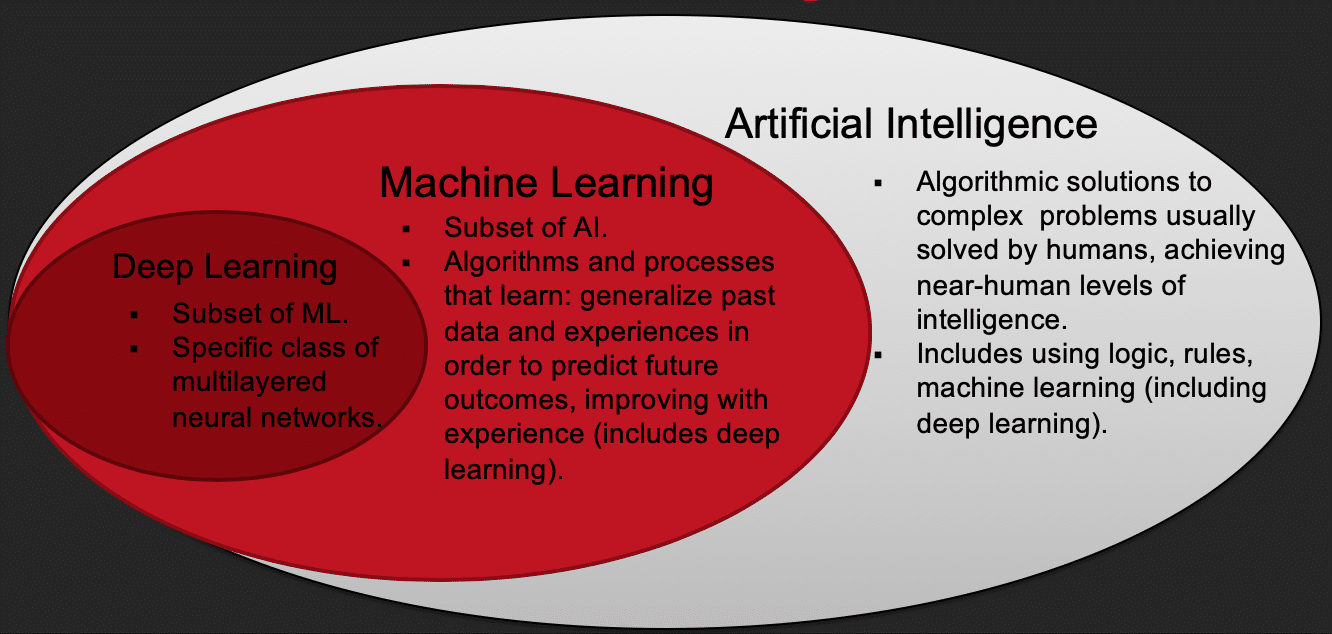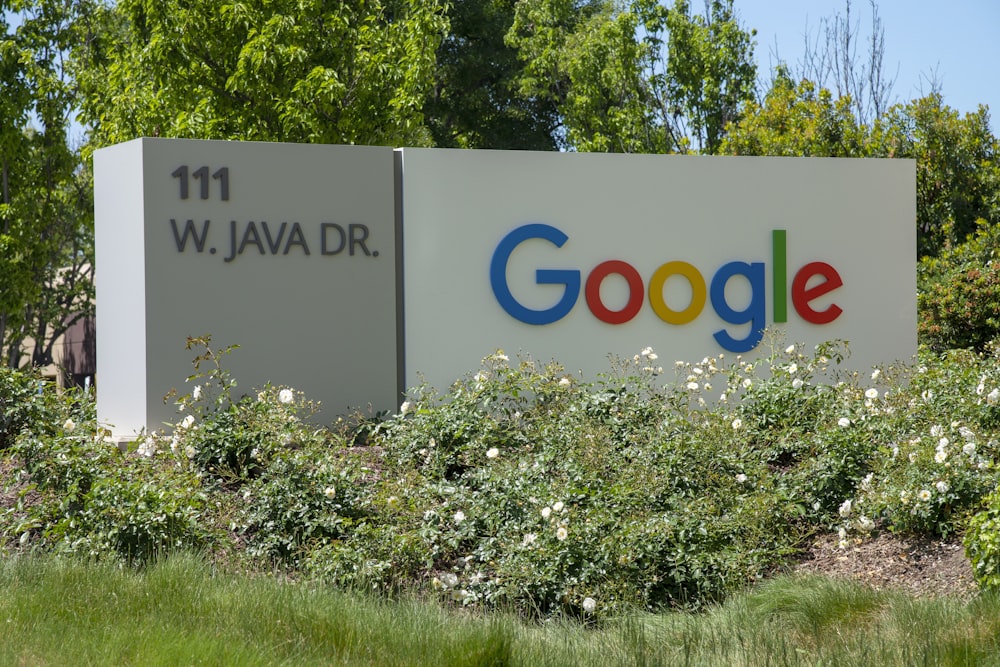
Machine Learning in Action: Illustrative Examples

Decoding the Magic: Machine Learning in Action
Embarking on the fascinating journey of understanding machine learning involves exploring real-world examples that unveil the magic behind the algorithms. Let’s delve into illustrative examples that showcase the practical applications of machine learning and bring this transformative technology to life.
Predictive Text: From Suggestions to Autocorrect
Ever wondered how your smartphone accurately predicts the next word as you type? That’s machine learning in action. Predictive text algorithms analyze your typing patterns, learn from your vocabulary, and offer suggestions or autocorrect options. It’s a subtle yet ubiquitous application of machine learning that enhances our daily digital communication.
Image Recognition: Seeing Through AI Eyes
In the realm of computer vision, machine learning excels in image recognition. From facial recognition on social media to identifying objects in photos, these algorithms have become adept at “seeing” and interpreting visual data. This capability has wide-ranging applications, from security systems to medical diagnostics.
Recommendation Engines: Tailoring Your Experience
Ever noticed how streaming platforms recommend movies or songs tailored to your taste? That’s the work of recommendation engines driven by machine learning. These algorithms analyze your preferences, viewing history, and interactions to suggest content, creating a personalized and engaging user experience.
Fraud Detection: Safeguarding Transactions
In the financial world, machine learning serves as a vigilant guardian against fraudulent activities. Fraud detection algorithms analyze patterns in transactions, identifying anomalies and potential risks. This real-time analysis helps financial institutions protect users from unauthorized access and fraudulent transactions.
Healthcare Diagnostics: Revolutionizing Patient Care
Machine learning is making significant strides in healthcare diagnostics. From detecting early signs of diseases in medical images to predicting patient outcomes based on historical data, these algorithms are revolutionizing patient care. The precision and efficiency they bring to diagnostics contribute to improved healthcare outcomes.
Chatbots: Conversational AI Companions
Engaging in a chat with a customer support representative online? There’s a good chance you’re interacting with a chatbot powered by machine learning. These conversational AI companions analyze language patterns, understand queries, and provide relevant responses, offering a seamless and efficient user experience.
Autonomous Vehicles: Navigating the Future
The era of autonomous vehicles is fueled by machine learning. These vehicles use advanced algorithms to process data from sensors, cameras, and radar systems, enabling them to navigate, make decisions, and adapt to changing road conditions. The integration of machine learning enhances the safety and efficiency of autonomous transportation.
Language Translation: Breaking Communication Barriers
Machine learning plays a pivotal role in breaking down language barriers. Language translation applications utilize sophisticated algorithms to understand the nuances of different languages and provide accurate translations. This technology facilitates global communication, connecting people across linguistic divides.
Social Media Insights: Understanding User Behavior
Ever wondered how social media platforms curate your feed with content that aligns with your interests? Machine learning algorithms analyze your interactions, content preferences, and engagement patterns to tailor your social media experience. This personalized approach enhances user engagement and satisfaction.
Unlocking the World of Machine Learning Examples
Curious to explore more machine learning examples








